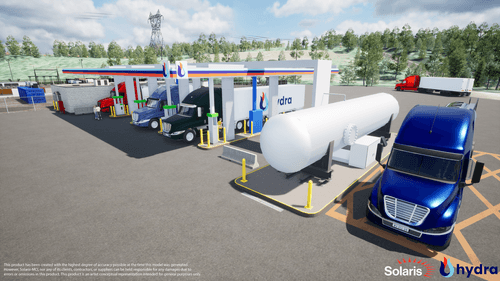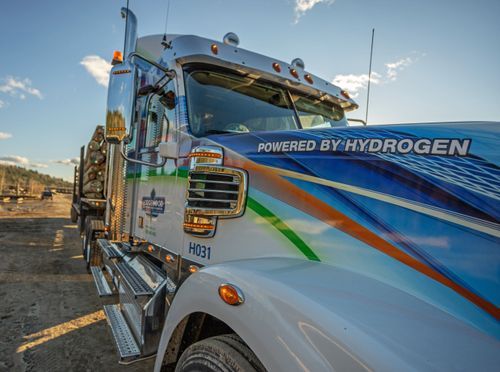The U.S. Department of the Treasury and Internal Revenue Service (IRS) today released guidance on the Sustainable Aviation Fuel (SAF) Credit established by the Inflation Reduction Act (IRA).
The Treasury Department said it would use an updated version of the DOE’s GREET model to calculate lifecycle greenhouse gas emissions reductions for the purposes of qualifying for the SAF tax credit, opening the door to crop-based SAF, which has been the subject of fierce lobbying in recent months.
The tax credit incentivizes the production of SAF that achieves a lifecycle greenhouse gas emissions reduction of at least 50% as compared with petroleum-based jet fuel. Producers of SAF are eligible for a tax credit of $1.25 to $1.75 per gallon. SAF that decreases GHG emissions by 50% is eligible for the $1.25 credit per gallon amount, and SAF that decreases GHG emissions by more than 50% is eligible for an additional $0.01 per gallon for each percentage point the reduction exceeds 50%, up to $0.50 per gallon.
Under the guidance issued today, numerous fuels will qualify for the credit, including valid biomass-based diesel, advanced biofuels, cellulosic biofuel, or cellulosic diesel that have been approved by EPA under the Renewable Fuel Standard (RFS).
Fuels that achieve a 50% or greater reduction in lifecycle greenhouse gas emissions under the most recent Carbon Offsetting and Reduction Scheme for International Aviation (CORSIA) standard will continue to qualify under today’s guidance. In addition, EPA, DOT, USDA, and DOE are announcing their commitment to release an updated version of DOE’s GREET model by March 1, 2024. Pending further guidance from the Treasury Department, the updated GREET model will provide another methodology for SAF producers to determine the lifecycle GHG emissions rates of their production for the purposes of qualifying for the SAF Credit for SAF sold or used during calendar years 2023 and 2024.
The updated model will incorporate new data and science, including new modeling of key feedstocks and processes used in aviation fuel. The updated model will also integrate other categories of indirect emissions like crop production and livestock activity, in addition to best available science and modeling of indirect land use change emissions. The updated model will also integrate key greenhouse gas emission reduction strategies such as Carbon Capture and Storage, Renewable Natural Gas, Renewable Electricity, and Climate-Smart Agriculture Practices.
In response to the guidance, Renewable Fuels Association President and CEO Geoff Cooper said, “While there are important carbon modeling updates and details that still need to be worked out, we are cautiously optimistic that today’s guidance could open the door to an enormous opportunity for America’s farmers, ethanol producers and airlines. The Biden administration is recognizing that the best way to meet ambitious SAF targets is to maximize marketplace flexibility, make use of existing low-carbon fuel assets, and stimulate innovation and competition across the entire supply chain.”
In another statement, Gevo CEO Patrick Gruber said, “[d]esignating GREET for the 40B credit sets an accurate, science-based precedent for transparent carbon accounting across the SAF supply chain, from farm fields to the end use of the fuel. The details and certainty matter. Therefore, we look forward to reviewing the complete GREET update upon release to ensure it maintains the data-driven integrity, especially on indirect emissions, necessary to support SAF investment, properly value agriculture’s contributions and cut aviation emissions.”






